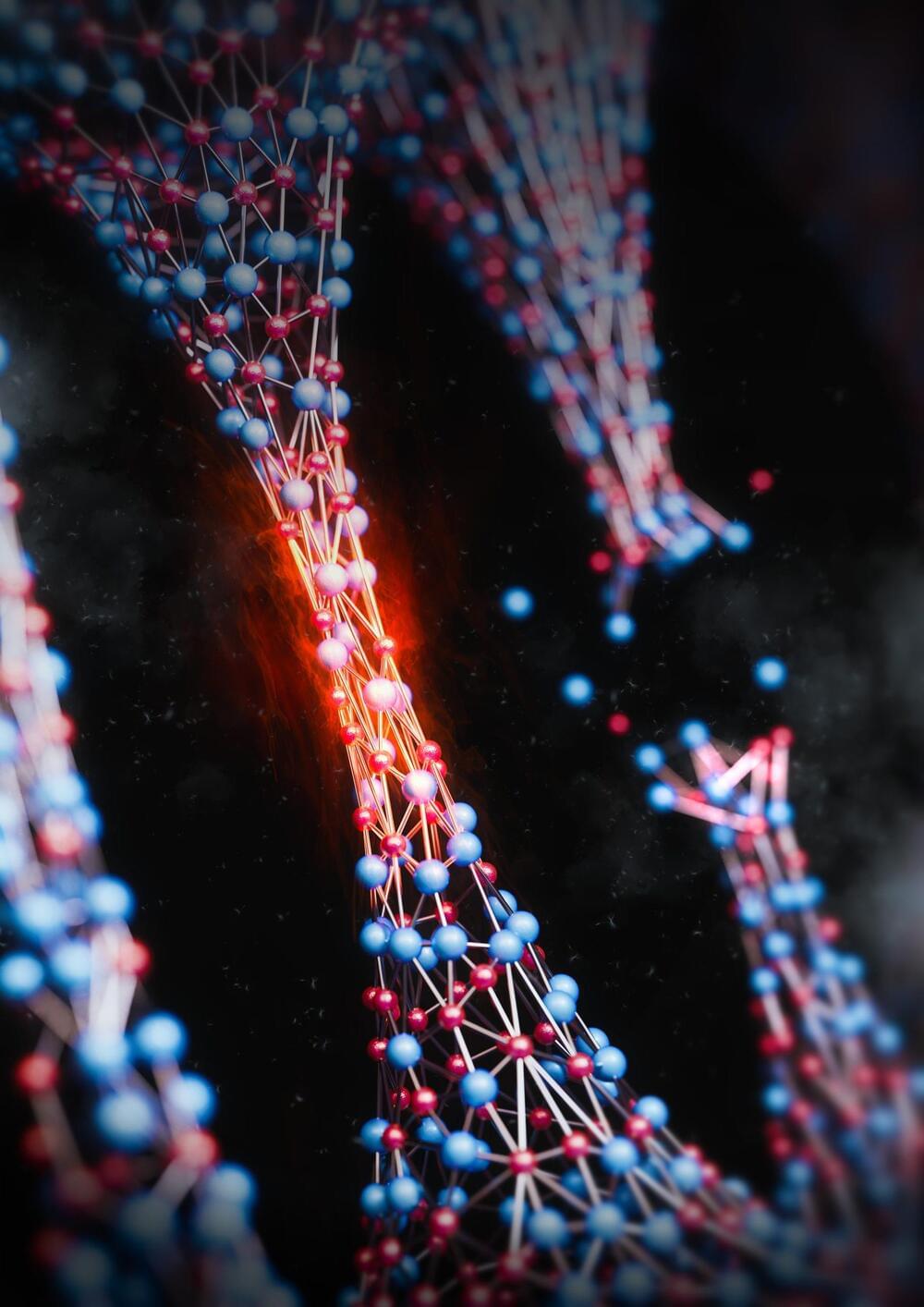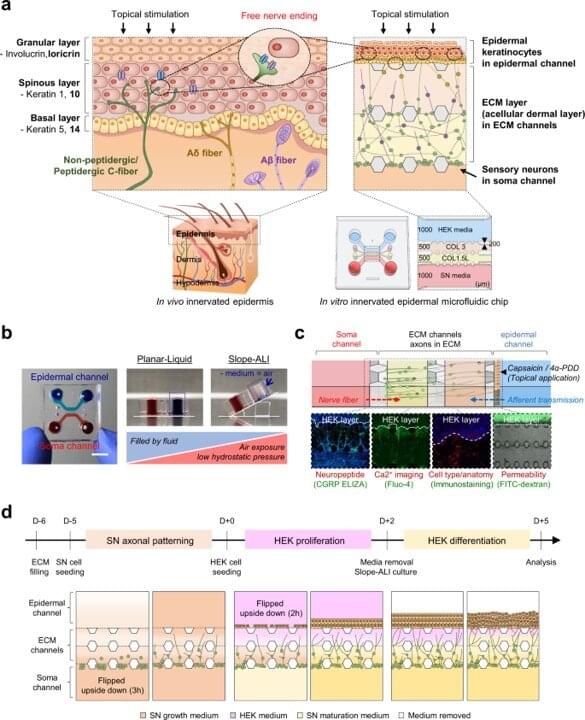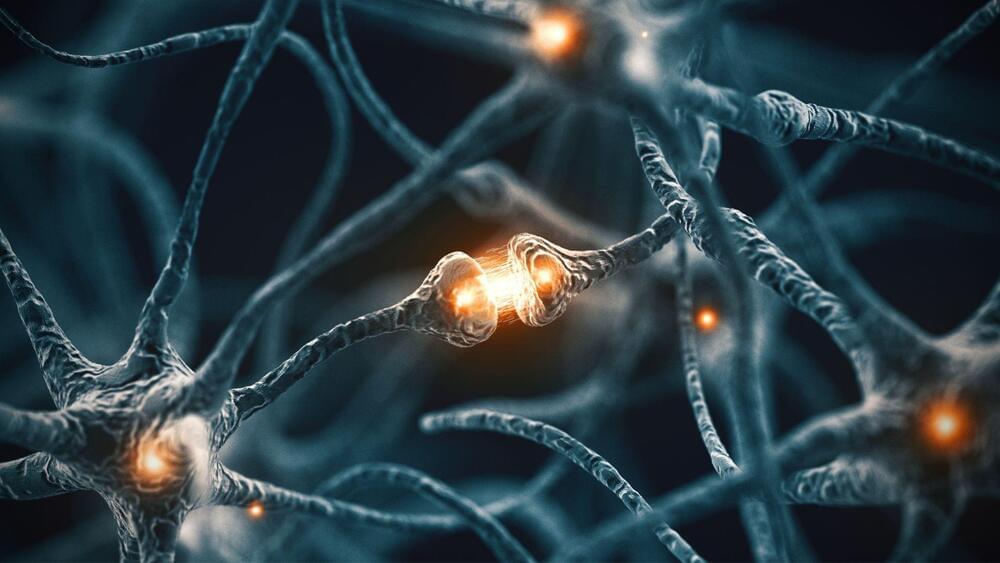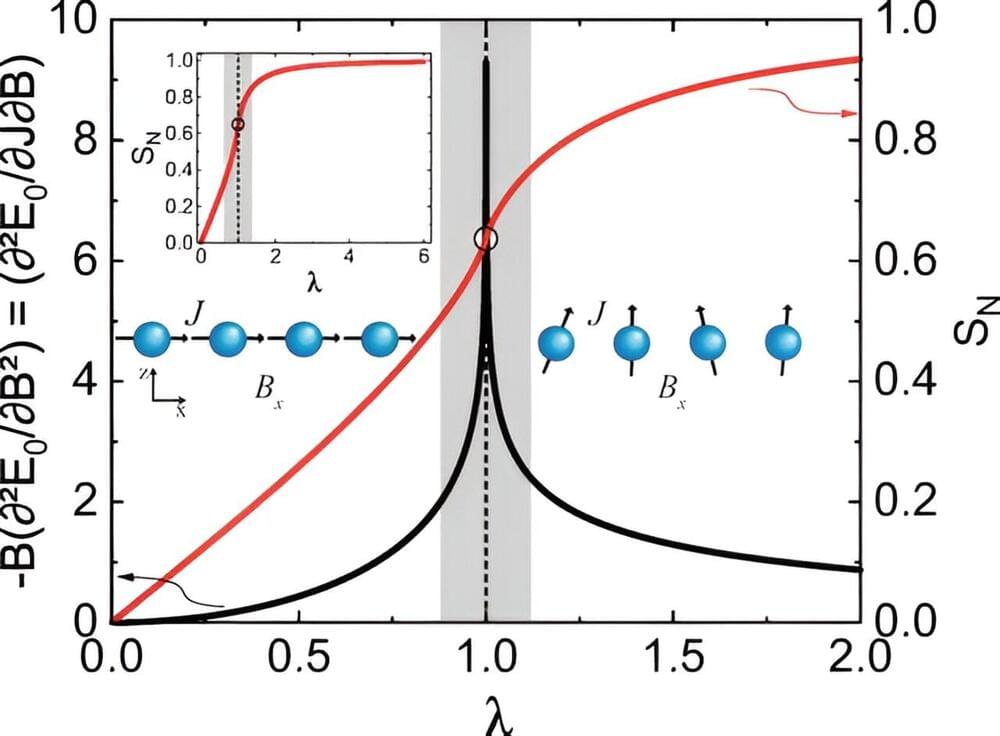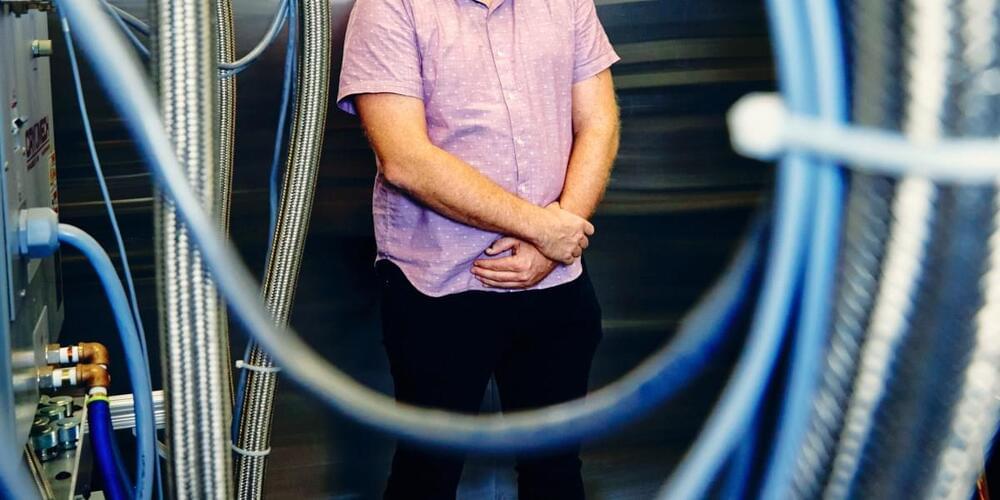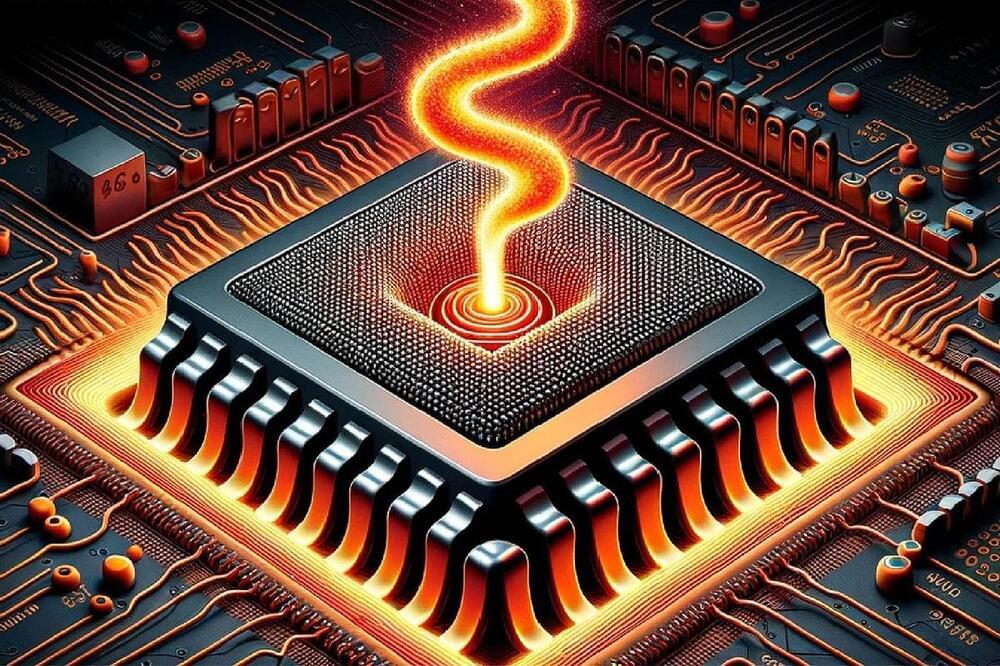Chip likely designed for Samsung, Google mixed reality headset.
To delve into the technical specifications, Apple’s Vision Pro boasts an impressive resolution of 11.5 million pixels per eye, more than a 4K TV for each eye, with a total resolution of 23 million pixels.
In comparison, the Quest 3 features a total resolution of 4.6 million pixels per eye, slightly surpassing 2k resolution.
The new Snapdragon XR2 chip supporting 4.3k per eye, translating to a total resolution of 34 million pixels at 90 fps, means a potential alignment of the chip with screens akin to Apple’s Vision Pro.

